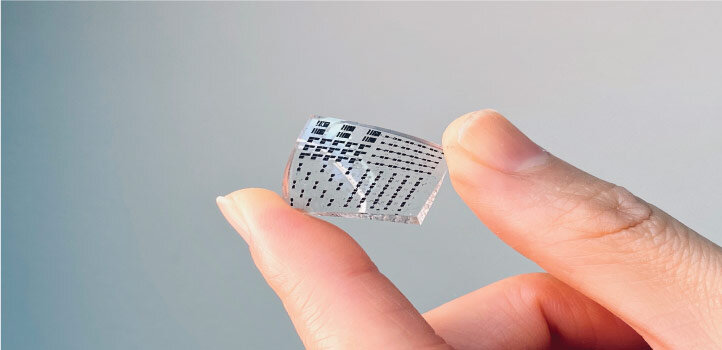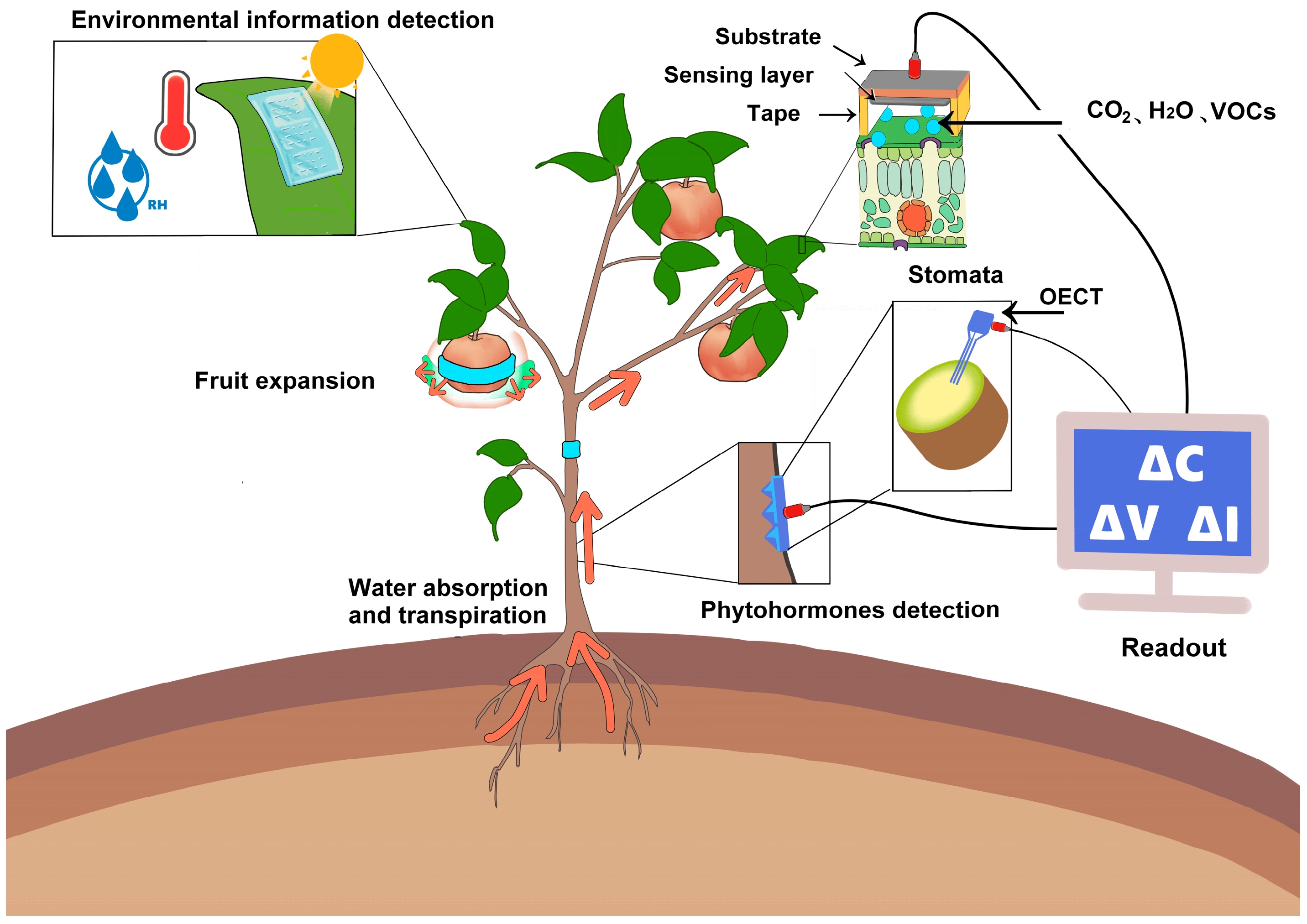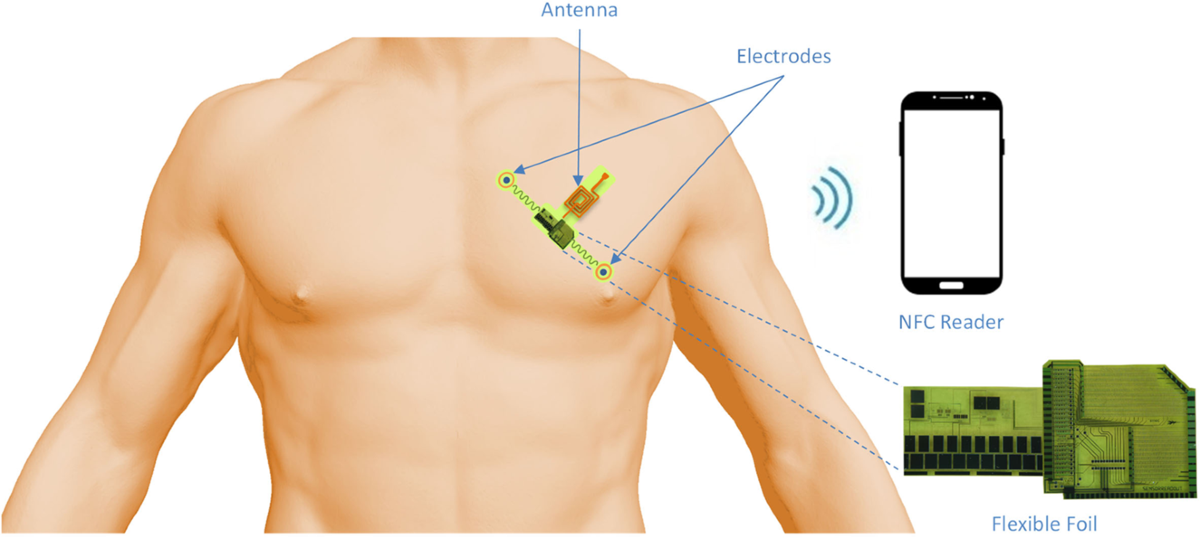What is electronic skin
Electronic skin, or e-skin, is a biomimetic material designed to replicate human skin's sensing and response functions. It typically comprises flexible, thin electronic devices, sensors, and artificial neural network components.
Main components
- Flexible substrate: E-skin commonly uses flexible substrates such as polymer films or bendable silicon to conform to body curves and surface contact.
- Sensors: Various sensors on e-skin detect physical and chemical signals. For example, pressure sensors detect pressure changes applied to the skin, temperature sensors measure ambient temperature, and humidity sensors monitor humidity levels.
- Electronic components: Electronic elements connected to the sensors, such as amplifiers, filters, and data processing units, convert sensor signals into interpretable forms.
- Power supply: E-skin requires a power source, which can be provided by an embedded battery, a rechargeable cell, or wireless power transfer.
- Data processing and communication: Onboard processing units handle and analyze collected data, converting it into usable information. E-skin can exchange data with external devices via wired or wireless communication.
The specific configuration of e-skin depends on application requirements and design choices, but the overall goal is to emulate human skin's sensing capabilities and enable perception, response, and interaction with the external environment. Applications include medical devices, robotics, and wearable systems.
Working principle of wearable e-skin
Wearable electronic skin operates similarly to conventional electronic systems but emphasizes flexibility and conformability so it can adhere to human skin. Typical operating stages are:
- Sensor detection: Integrated sensors such as pressure, temperature, and humidity sensors continuously collect biological signals from the human surface and external environmental parameters.
- Data acquisition and processing: Sensor outputs are converted into electrical signals and undergo initial processing in the internal circuitry. This includes amplification, filtering, and analog-to-digital conversion to extract valid data and reduce noise.
- Internal communication and control: Processed signals are forwarded to an internal control unit or microprocessor. That unit performs further processing, parsing, and analysis, and makes decisions based on predefined algorithms and models.
- External communication and connection: Wearable e-skin can connect to external devices such as smartphones, computers, or other wearables via wired or wireless links for data transfer, sharing, and remote control.
- Display and feedback: Processed data can be presented or fed back through built-in displays, haptic actuators, or audio devices. For example, a display can show measurement results, or a vibration can alert the user.
By integrating sensors, data processing, and communication modules, wearable e-skin enables detection, analysis, and interaction with human biological signals and the surrounding environment. Potential applications include medical monitoring, sports health, virtual reality, and smart wristbands.
 ALLPCB
ALLPCB








